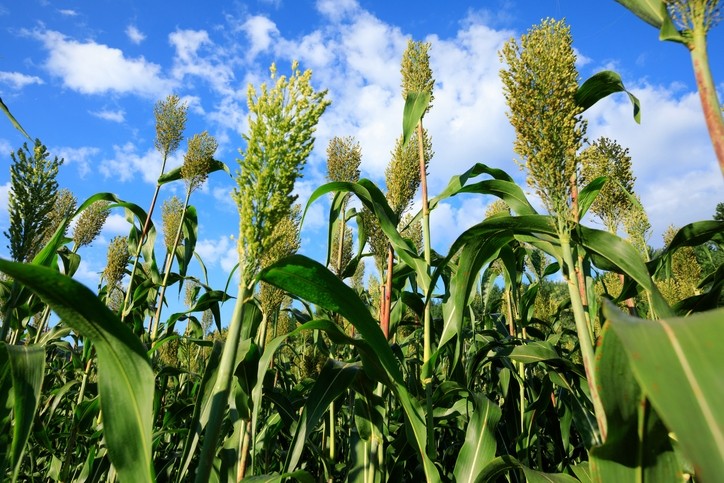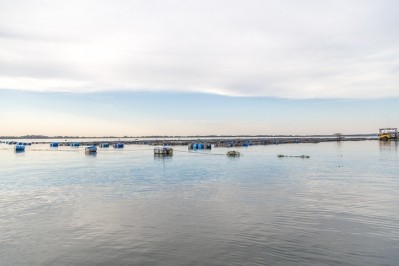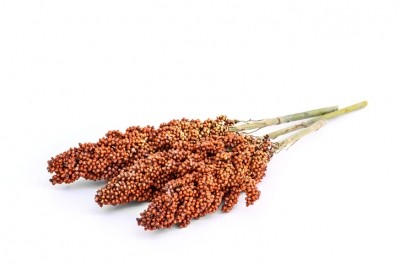Sorghum producers seek export market development with buyer visit

A team of grain importers and feed-millers from Mexico arrived Monday for a five-day visit and is set to tour a series of locations including sorghum farms in Texas and Kansas, feed mills, grain elevators, an ethanol plant, a rail facility and the Port of Houston, said Jesse McCurry, executive director with Kansas Grain Sorghum.
“The timing could not be better,” he told FeedNavigator about the group’s visit to the US. “We have 86% of sorghum planted and the question is who is going to buy it.”
There have been several factors playing into the uncertainty that producers of the feed grain are experiencing, he said. These include that the upcoming Farm Bill has yet to pass both parts of Congress, weather and trade.
“Putting together buyers and sellers now is critical, and this is an example of the US Grains Council being spot on and having buyers in the field,” he said. “That’s the role of the Sorghum Checkoff, US Grains Council, and Kansas Grain Sorghum Commission. Buyers are always curious about the crop, and quality and what yield might be and getting excited for getting their hands on the product later this fall.”
Export market highlights
Mexico has been a major market for US sorghum, reported the Sorghum Checkoff. It follows only behind China in terms of purchases.
During the 2016-17 marketing year, the country purchased about $103m in exports of US sorghum or about 568,254 metric tons, the Checkoff said. Comparatively, China purchased about 4.8m metric tons, while Japan, the third largest importer overall, bought about 183,000 metric tons.
Managing export uncertainty
Having buyers and members of the feed industry from Mexico visit US producers, gives a sense that there is a future for feed grain exports, said McCurry.
Although similar groups have visited in the past, current events regarding trade have altered some elements of the visit, he said. “We want them to have relationships to have faces, and names and business cards and the confidence in sorghum to buy – it would be great to see some reported new sales,” he added.
In addition to bringing in teams from other countries to support or expand sorghum sales, the industry also has received grant funding to explore alternative markets for sorghum, he said. “We’ve been cooperating on pilot projects [with the US Grains Council] to feed catfish sorghum in Vietnam,” he added.
Programs that support developing and existing relationships with feed grain buyers and users are critical at this time, he said.
Additionally, while in the US, the visiting group is set to see some examples of the high volume throughput infrastructure used in the US and some of the domestic demand that competes for sorghum, said McCurry. There also will be opportunities to learn more about trading and training with Kansas State University.
“We’re set up potentially for a great crop, but there is so much that can happen with heat in July in Kansas,” he said. “It’s early, and it will largely depend on heat and moisture between now and pollination and harvest – the wheat harvest and yields were a little better than expected, but we’re way too early to know how we’ll end up with the sorghum.”













